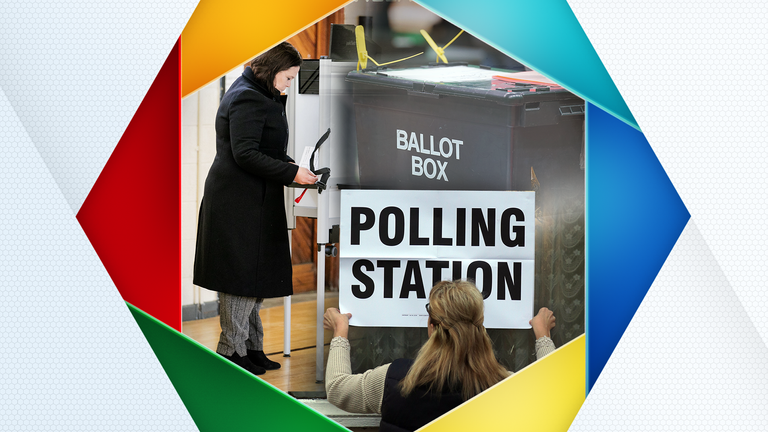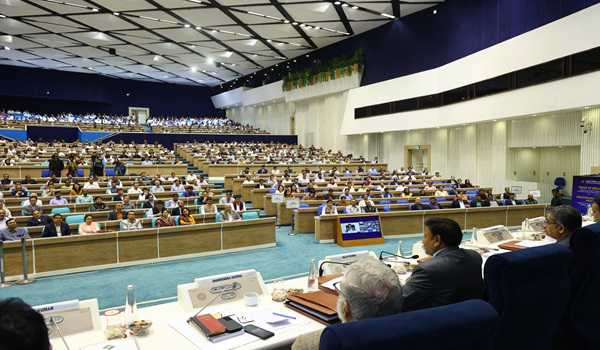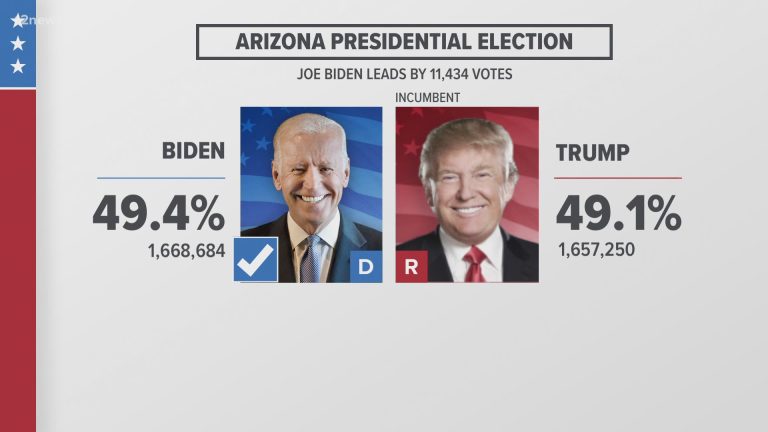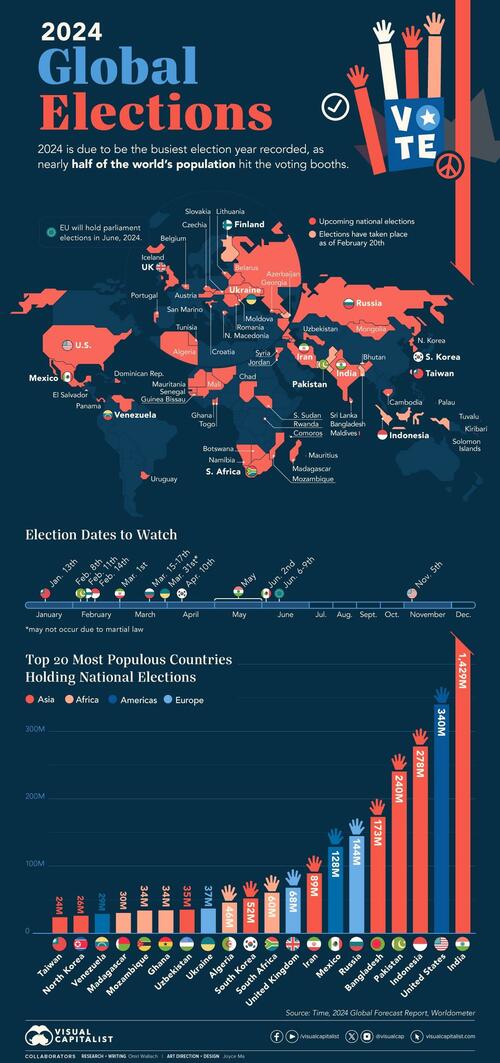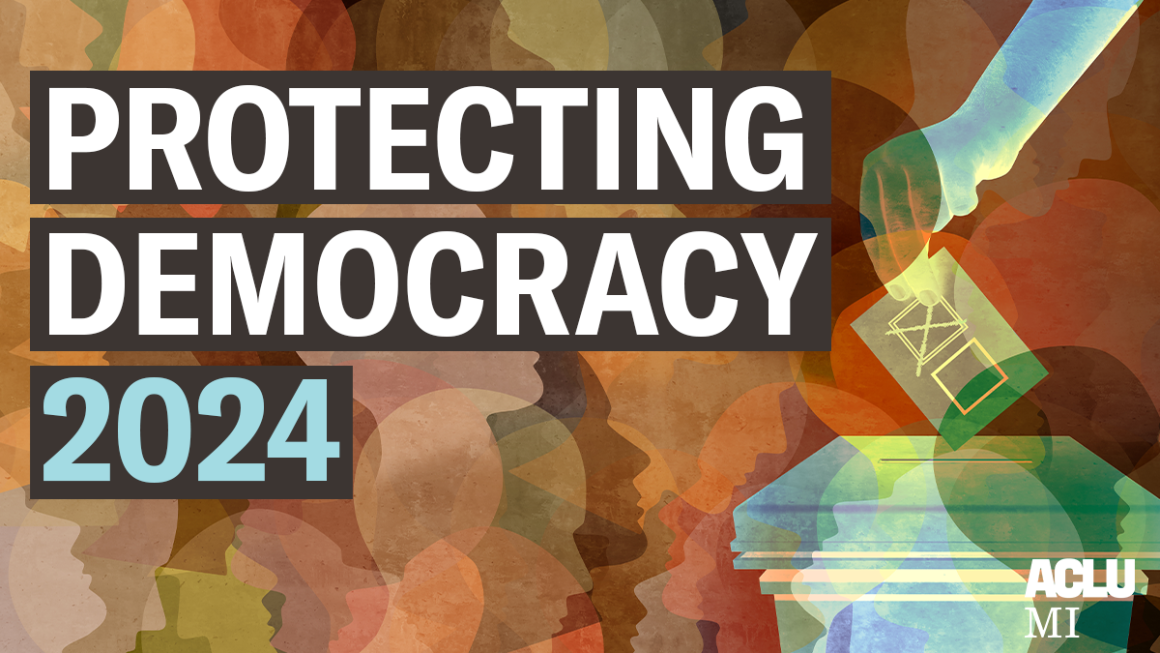

2024 Election: The Ultimate Guide to Protecting Our Vote
The 2024 election looms, a pivotal moment demanding vigilance and proactive engagement from every citizen. This isn’t just about choosing a leader; it’s about safeguarding the very foundation of our democracy. This comprehensive guide delves into the multifaceted landscape of election security, equipping you with the knowledge and tools to protect your vote and ensure a fair and transparent process.
I. Understanding the Threats: More Than Just Hacking
While cyberattacks are a real concern, the threats to our electoral process are far more nuanced. They encompass a broad spectrum, ranging from sophisticated disinformation campaigns to simple voter suppression tactics. We must understand these diverse threats to effectively counter them.
- Disinformation & Misinformation: The deliberate spread of false or misleading information aims to confuse voters, depress turnout, or sway public opinion. Social media platforms, particularly, become fertile ground for these campaigns.
- Voter Suppression: These are deliberate efforts to restrict access to voting, often targeting specific demographics. Examples include restrictive voter ID laws, limited polling places, and gerrymandering.
- Foreign Interference: Foreign actors may attempt to influence the election through hacking, disinformation campaigns, or financial contributions.
- Malfunctioning Voting Machines: Technical failures or vulnerabilities in voting machines can lead to inaccurate vote counts or even complete system failures.
- Election Administration Issues: Poorly trained poll workers, inadequate resources, and logistical challenges can contribute to a less efficient and secure voting process.
II. Protecting Your Vote: A Multi-Pronged Approach
Protecting your right to vote requires a proactive and multifaceted approach. This isn’t a passive process; it demands active participation and vigilance.
A. Become an Informed Voter:
- Fact-Check: Don’t rely solely on social media or partisan news sources. Consult reputable fact-checking websites like FactCheck.org and PolitiFact.
- Source Verification: Critically examine the source of information before accepting it as truth. Consider the author’s bias and motivations.
- Media Literacy: Develop your ability to discern credible news from propaganda and disinformation.
B. Register & Verify Your Registration:
- Check Your Registration Status: Visit your state’s election website to verify your registration and ensure your information is accurate.
- Update Your Information: If your address or other information has changed, update it promptly with your local election office.
- Register to Vote: If you haven’t already, register to vote as early as possible. Deadlines vary by state.
C. Understand Your Voting Options:
- In-Person Voting: Familiarize yourself with your polling place location and hours.
- Absentee Voting: Request an absentee ballot well in advance of the election deadline.
- Early Voting: Take advantage of early voting opportunities if available in your state.
III. Advocating for Election Integrity:
Individual action is crucial, but systemic change requires collective effort. Advocate for policies that enhance election security:
- Support Automatic Voter Registration: This simplifies the registration process and increases voter turnout.
- Promote Secure Voting Machines: Advocate for the use of verifiable voting machines with paper trails.
- Fund Election Administration: Adequate funding is crucial for efficient and secure elections.
- Combat Gerrymandering: Support fair redistricting processes to prevent partisan manipulation.
IV. Reporting Election Irregularities:
If you witness any irregularities during the election process, report them immediately to the appropriate authorities. These include:
- Your local election office.
- The state election board.
- The appropriate law enforcement agency.
V. Resources & Further Information:
| Resource | Description | Website |
|---|---|---|
| Your State’s Election Website | Provides information on voter registration, polling places, and more. | Varies by state |
| Election Assistance Commission | Offers resources and information on federal election laws. | www.eac.gov |
| Brennan Center for Justice | Nonpartisan organization focused on election reform. | www.brennancenter.org |
| Verified Voting | Promotes secure and transparent voting systems. | www.verifiedvoting.org |
Protecting our vote is a shared responsibility. By being informed, engaged, and proactive, we can safeguard the integrity of our democratic process and ensure that every vote counts. The 2024 election is not just an election; it’s a testament to our commitment to a secure and democratic future.
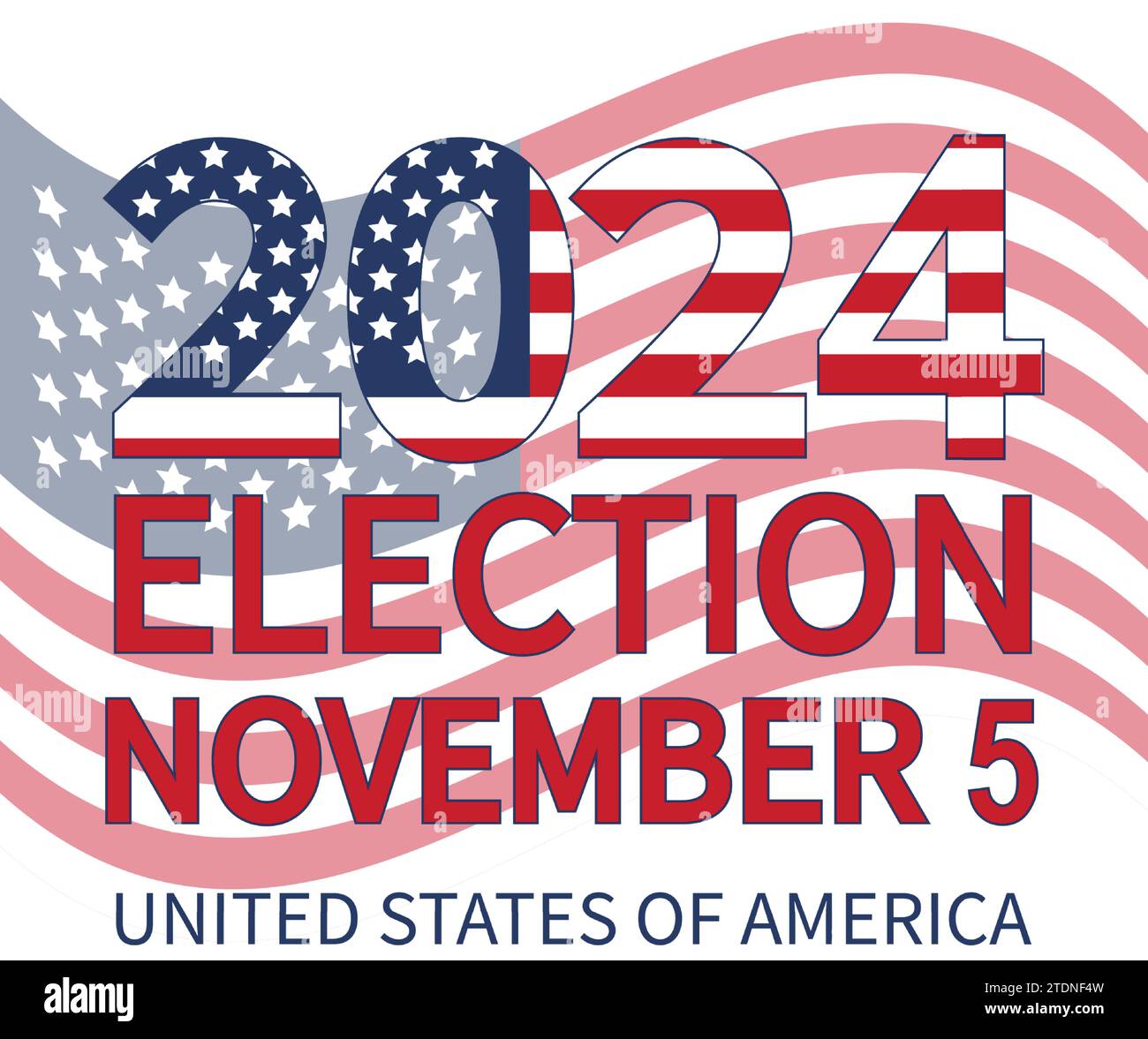
Additional Information
2024 Election: A Deeper Dive into Protecting Our Vote
The security and integrity of the 2024 election are paramount. While a “guide to protecting our vote” might cover voter registration, understanding ballots, and reporting irregularities, a deeper analytical approach reveals more nuanced threats and solutions. This expanded analysis explores key areas demanding attention beyond the basics.
I. Evolving Threats to Election Integrity:
The threat landscape is dynamic. While traditional concerns like voter suppression and ballot stuffing remain, newer challenges demand significant consideration:
-
Cybersecurity Threats: The increasing reliance on electronic voting systems and online voter registration presents significant cybersecurity vulnerabilities. For example, the 2020 election saw numerous attempts at foreign interference, including hacking attempts on voter registration databases and disinformation campaigns on social media (as detailed in the Mueller Report and subsequent investigations). Sophisticated attacks targeting election infrastructure, such as denial-of-service attacks or malware injection, could disrupt voting processes or alter vote counts. The lack of uniform cybersecurity standards across different states exacerbates this risk.
-
Disinformation and Misinformation: The proliferation of false or misleading information online, often spread through social media bots and foreign actors, poses a considerable threat. This can lead to voter confusion, decreased turnout (particularly among specific demographics), or erosion of trust in the electoral process. The 2016 election highlighted the effectiveness of disinformation campaigns in influencing voter behavior. Research by organizations like the Stanford Internet Observatory continually tracks these campaigns, revealing evolving tactics and targets.
-
Voter Suppression Tactics: While overt suppression tactics like poll taxes are largely outlawed, subtler methods persist. These include gerrymandering, strict voter ID laws disproportionately affecting marginalized communities, and strategically placed polling locations with limited accessibility. The Brennan Center for Justice has extensively documented these tactics, demonstrating their impact on voter turnout and representation. Case studies, such as the protracted legal battles surrounding voter ID laws in several states, illustrate the ongoing struggle to ensure equal access to voting.
-
Foreign Interference: Foreign actors may seek to influence election outcomes through various means, including disinformation campaigns, cyberattacks, and financial contributions. The 2016 Russian interference in the US election serves as a stark reminder of this threat. Understanding the methods employed, identifying the actors, and developing effective countermeasures are crucial to protecting the integrity of future elections.
II. Strengthening Election Security: A Multi-faceted Approach:
Protecting the vote requires a holistic approach encompassing technological, legislative, and societal measures:
-
Enhanced Cybersecurity Infrastructure: Investing in robust cybersecurity infrastructure, including standardized security protocols, regular security audits, and rigorous vulnerability testing, is critical. This requires collaboration between federal, state, and local election officials, along with cybersecurity experts.
-
Improved Voter Education and Media Literacy: Empowering citizens to critically evaluate information sources and identify disinformation is vital. This requires investment in media literacy programs and initiatives that promote fact-checking and responsible online behavior.
-
Modernized Voting Systems: Moving towards paper-based systems with auditable trails, coupled with secure electronic systems where appropriate, can enhance transparency and reduce the risk of manipulation. Rigorous testing and certification of voting equipment are essential.
-
Strengthening Election Laws: Legislative reforms are needed to address vulnerabilities in election laws, including measures to prevent voter suppression, increase transparency in campaign finance, and strengthen penalties for election-related crimes.
-
Promoting Cross-Party Collaboration: Addressing election security threats requires cooperation across the political spectrum. Bipartisan efforts to reform election laws and improve security measures are crucial to building public trust and confidence in the electoral process.
III. Conclusion:
Protecting the 2024 election requires a proactive, comprehensive strategy addressing the evolving threats to its integrity. This necessitates a multi-pronged approach, combining technological advancements, legislative reforms, voter education, and enhanced collaboration across political divides. By prioritizing these measures, we can safeguard the democratic process and ensure the free and fair election of our leaders. Continuous monitoring, adaptation, and rigorous evaluation of security measures are essential to maintain a robust and resilient election system in the face of ever-evolving threats.
